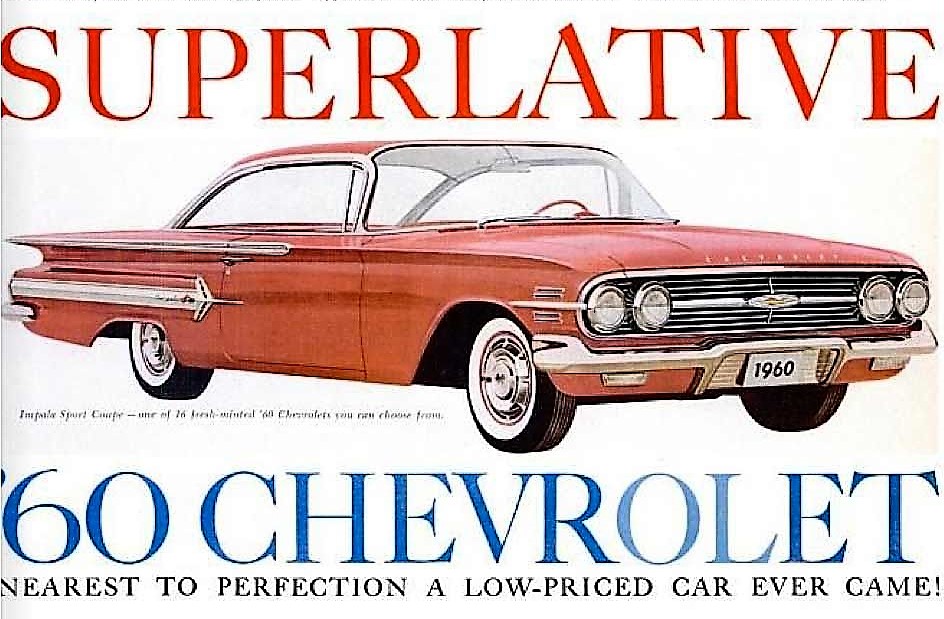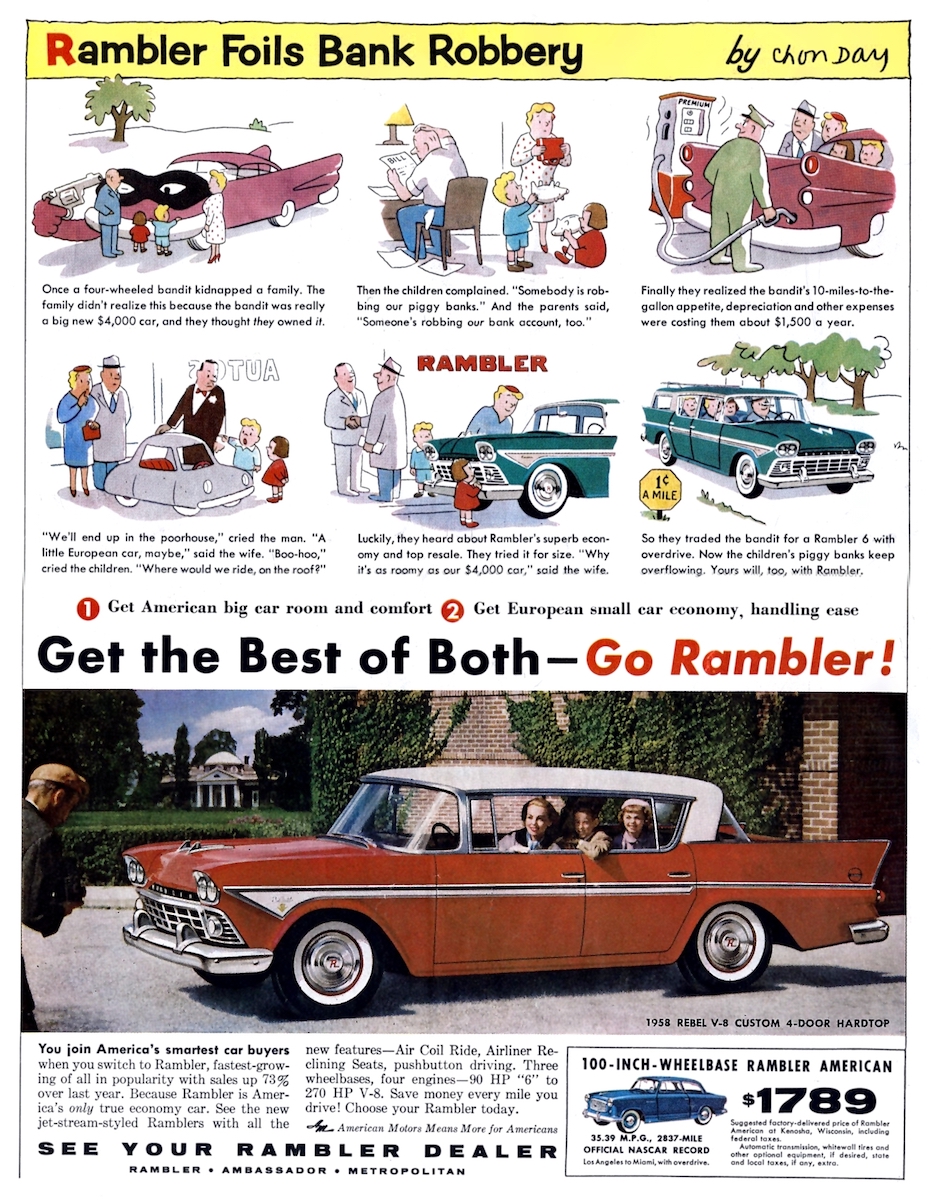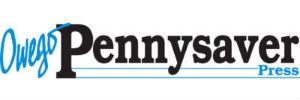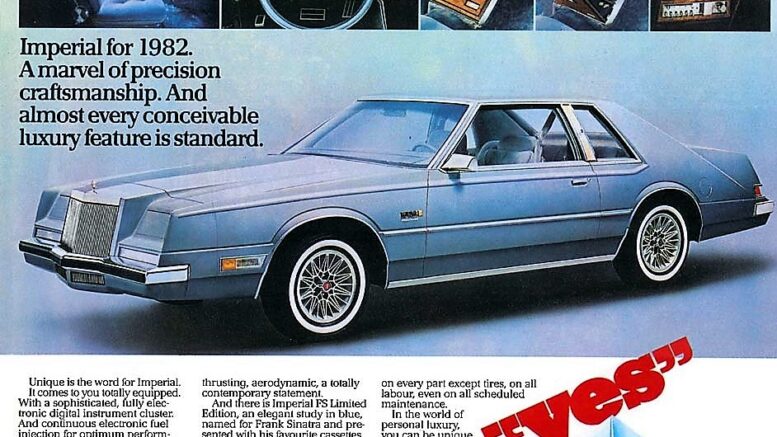Q: Greg can you give a rundown on the Chrysler Imperial? I always loved them and enjoy your nostalgia car columns. Bob L., Hazleton, Pa.
A: Bob, although long gone from Chrysler’s marketing arm, their high classes Imperials were at one time competitors for U.S. luxury car dominance, competing with Cadillac and Lincoln for consumer approval.
Introduced in 1926 as the top line Chrysler model, Imperial became a standalone model from 1955 through 1975 and continued its brand of American style large car opulence.
However, Chrysler removed Imperial from its model in 1976 following a fuel crisis and buyer demand for small, more fuel-efficient cars.
Through 1980, Chrysler faced major financial woes. Chrysler hired a new CEO, namely car savvy Lee Iacocca, who immediately re-introduced a full size Imperial in 1981 as a good will gesture to let buyers know Chrysler would be around for years to come.
Although listed as full size, the 1981 Imperial utilized the mid-sized Aspen / Volare platform, and then stretched the car to parallel its hit sibling Chrysler Cordoba, the latter a big sales success.
Cordoba’s success came from impressive television commercials featuring late actor Ricardo Montalban, who touted Cordoba’s “fine Corinthian leather.”
Imperial, meanwhile, debuted to less than positive 1981 sales, as just 9,707 rolled off the line. That’s when Iacocca, remembering Montlalban’s success promoting Cordoba, hired good friend Frank Sinatra to sing “Isn’t it time for an Imperial” in TV commercials, while both Iacocca and Sinatra appeared in newspaper advertising.
This Imperial’s final full size effort is still admired, as a Lincoln type front grille merges nicely with a European “bustle back” rear trunk design. The rear deck is similar to the British cars from the 1950s, ala Rolls Royce and Bentley.
Some of the main features Imperial offered included Mark Cross interiors, a Frank Sinatra Edition, digital instrumentation, clear coat paints, and a fully loaded price of just $18,335 delivered.
Even with Sinatra endorsing Imperial, consumers still wanted gas savers as sales dropped to 1,746 in 1982, and in its final year of 1983, a dismal 932.
However, Imperial would again appear as a Chrysler model in 1990 through 1993, but for true Imperial aficionados, this “new” small Imperial was built on the aging front-drive K-Car platform. Perhaps, one day, Chrysler will resurrect the Imperial, as it still owns the Imperial trademark.
Reader seeks a 1960 Chevrolet Impala
Q: Greg, what do you feel is a fair price for a 1960 Chevy Impala 2-door hardtop with a 348 Tri-Power V8 and a 4-speed? I am thinking of buying one and want your opinion on what a real nice one will cost. Thanks much and I enjoy your column in Auto Round-Up and the newspapers I see online. Tommy, from Long Island, N.Y.
A: Tommy, for a really nice ’60 Impala with the 348 Tri-Power V8 and 4-speed, I’d say you’re talking in the neighborhood of $105,000 for a numbers matching frame off restoration to maybe $50,000 for a fine running, “needs nothing,” original in class A condition.
Of course the price drops substantially for these cars as conditions deteriorate, but expect to pay at least $20,000 and up for something nice and drivable. These “bubble top” Impalas were beautiful machines, and today garner much interest and respect at car shows everywhere and at notable auctions like Mecum and Barrett-Jackson.

The 1960 Chevy Impala was a favorite with consumers and one of the most popular cars on the road. (Compliments of General Motors)
In checking the collector car prices, NADA Classic Car lists a 1960 Impala hardtop sport coupe with the 348 Tri-Power in “high retail” condition at $67,475 with the Tri-Power and a 4-speed transmission. The average retail is $48,000, while low retail is $21,599. This isn’t bad for a car that retailed for $2,704 back in 1960. To add a disclaimer, always remember that published “book value” prices are subject to what the buyer and seller agree on as to a fair price. Sometimes, the cars will sell for more than a listed price, other times, less. The economy also plays a role here, as in hard times prices usually drop.
If you buy one with an automatic transmission, knock $1,000 off the price. However, I would sure look for a 4-speed first, as back then the automatics weren’t as quick and the 4-speed is more in demand. The tri-power (3×2 carbs) adds 15% over a single four-barrel version, while the 348 V8 engine adds a hefty 35% to the price, as it is Chevy’s first big-block engine.
Good luck Tommy and thanks for your kind words.
American Motors: From Nash and Hudson to Stellantis
Q: Hi Greg, I am an AMC fan and want to know when American Motors was formed. I am retired and don’t operate a computer? Edward from Rhode Island.
A: Edward, on May 1, 1954, American Motors Corporation (AMC) was formed when Nash-Kelvinator and Hudson Motor Company merged to help offset the overpowering sales of the “Big Three” of Ford, General Motors and Chrysler. At the time, it was the biggest merger in American business history.
Although Nash and Hudson were both popular in the 1940s and 1950s, the independent nature of both companies did not allow them extensive research and development (R&D) to compete and introduce new cars like the “Big Three.”
By 1956, both Nash and Hudson were in their final years of “branded” vehicles as AMC focused more on its new name, Rambler, and smaller cars like the American.
To explain further about the “naming,” the all-new Ramblers were on dealer showroom floors in 1956 but carried either Hudson or Nash badges. In 1957, Hudson and Nash names were eliminated and Rambler was the new icon, although Nash had used the name earlier. Notable is another “name survivor” in Nash’s “Ambassador,” a badge that would live on for many years on larger AMC products after being re-introduced in 1958 as Rambler’s top line offering.

This advertisement heralding American motors in 1958 cites the company’s new economy car in cartoon form. AMC always provided excellent advertising messages in print, radio, and television. (Compliments former AMC)
Further down the road, AMC purchased the Jeep brand from Kaiser in 1970, and then partnered with Renault in 1980 on car production. Renault then purchased controlling interest in AMC in 1984 to produce cars like the unreliable Alliance and sporty, yet still untrustworthy, Fuego.
The trump card in further mergers was always the Jeep line, which Chrysler pursued with a vengeance. Chrysler finally purchased AMC in 1987 from Renault and formed the Jeep / Eagle division. At that point the AMC cars, which were all foreign Renaults sans the 4×4 Eagle, were eliminated.
Long story short, Chrysler merged with Fiat in 2008 after ending a deal with Mercedes-Benz that went from 1995 to 2007. Today, Chrysler / Jeep / Fiat is part of the gigantic Stellantis operation as of 2021, a noted global manufacturer of 14 different automotive brands.
(Greg Zyla is a syndicated auto columnist. He welcomes reader questions on auto nostalgia, collector cars or motorsports at greg@gregzyla.com.)



Be the first to comment on "Collector Car Corner; The Chrysler Imperial, a 1960 Chevy Impala and AMC history"